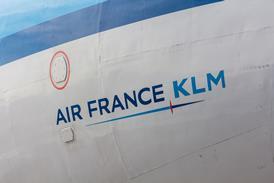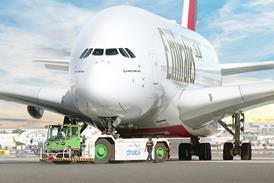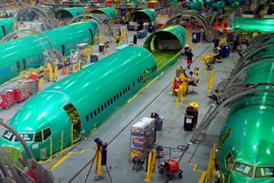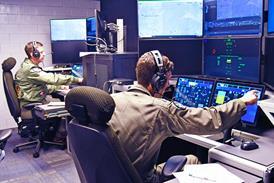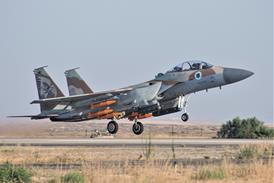Airframer keen to upgrade turboprop aircraft family with more-powerful engines and improved avionics and cabin
ATR has held talks with Pratt & Whitney Canada about producing a higher-thrust version of the PW127 turboprop engine as the airframer seeks to improve its aircraft family's hot-and-high performance.
ATR says the exact extra thrust requirement is not yet defined for the 2,400shp (1,790kW) PW127E engine powering the 48-seat ATR 42-500 and the 2,750shp PW127F used on the larger ATR 72-500.
ATR chief executive Filippo Bagnato says: "For 20 years of the [ATR] programme, there has never been enough power." He adds that now the manufacturer has more customers that operate in mountainous locations or hot climates, the issue is more pressing. Any uprated engine would be combined with upgrades to avionics and the cabin, although Bagnato says the combined improvements to the -500 fall short of creating a new variant.
The company is also close to receiving European steep approach certification for the ATR 42-500 and is near to completing its design life extension programme.
ATR is also launching a study to increase the maximum take-off weight (MTOW) of both models by 300kg (660lb) to meet increased US Federal Aviation Administration average passenger weight assumptions. Mario Formica, ATR vice-president for marketing, says the ATR 42's design has scope to increase the MTOW without airframe modification, but the ATR 72 will require reinforcement of the wings and fuselage. "Our engineers are finalising plans, but our aim is to have a higher MTOW certification available by early 2005." The aim is to raise the MTOW of the ATR 72-500 from 22,500kg to 22,800kg. The ATR 42's MTOW will rise from 18,600kg to 18,900kg.
The issue of average passenger weight is set to become more pressing in Europe too, says Mike Ambrose, director general of the European Regions Airline Association. He told the ERA's general assembly in Vienna that a French proposal to raise average passenger weight assumptions by 3kg could lead to other developments: "Once they look at passenger weights, there will be a temptation to also look at baggage and, combined, it could have a real impact on payloads."
JUSTIN WASTNAGE / VIENNA
Source: Flight International

